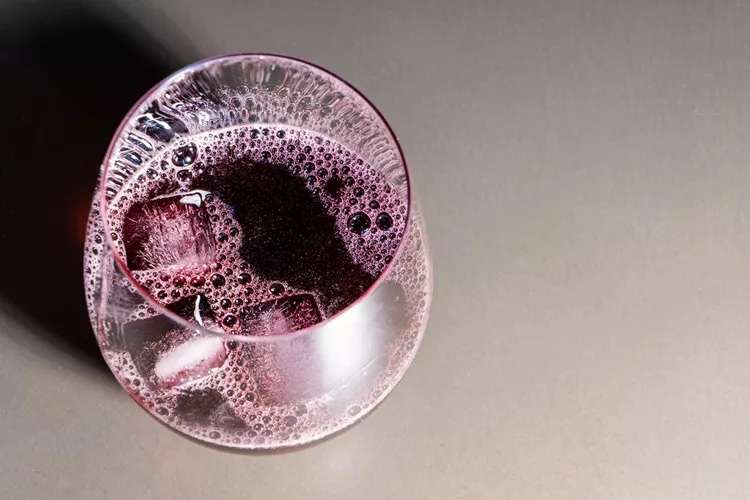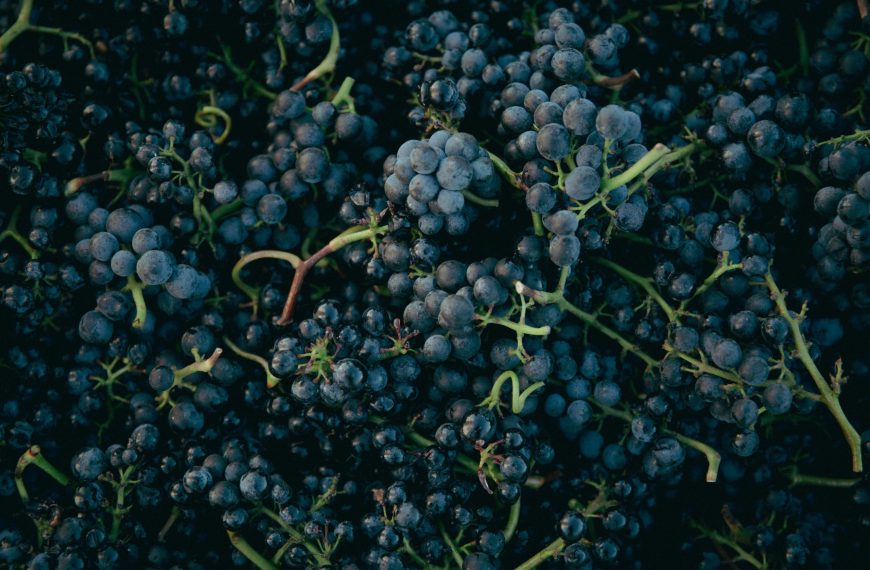In the early 1980s, a television commercial gained widespread attention, featuring an ostensibly American couple immersed in various scenes across Italy. The commercial showcased romantic moments – a picnic by the Arno river, feeding each other food, and sharing cheese with a joyous cheesemonger looking on. Accompanied by a catchy jingle, the commercial promoted Riunite, a Lambrusco wine that became hugely popular in the American market, to the point where Riunite became synonymous with Lambrusco.
However, the sweet and overtly fruit-driven style of Riunite represented only one facet of the diverse range of wines from the Emilia-Romagna region. Despite its dominance shaping expectations for a generation, Lambrusco is now gaining recognition for its complexity and variety among sommeliers and wine professionals, paving the way for wider consumer appreciation.
**What is Lambrusco Wine?**
Lambrusco is a sparkling red wine originating from the Emilia-Romagna region in Italy. The region is renowned for its rich gastronomic history, including iconic Italian products like balsamic vinegar, Parmigiano Reggiano, Prosciutto di Parma, and mortadella. Bologna serves as the capital of this region, and Lambrusco complements its food-friendly nature by pairing well with both rich and light dishes. The wine comes in different styles and appellations, each offering a unique character and grape varieties or blends.
**Where Does Lambrusco Wine Come From?**
Emilia-Romagna, northeast of Tuscany, is the home of Lambrusco. Bologna, its capital, is celebrated for its culinary delights. Lambrusco wines are produced in various appellations, including Lambrusco Reggiano DOC, Lambrusco di Sorbara DOC, Lambrusco Grasparossa di Castelvetro DOC, Lambrusco Salamino di Santa Croce DOC, and Lambrusco Mantovano DOC from Lombardy. The wines may also carry the label Emilia IGP.
**Why Should You Drink Lambrusco Wine?**
Lambrusco presents an exciting opportunity for discovery, as many consumers may not be familiar with its diverse versions. It is a remarkably food-friendly wine, capable of complementing both rich and light dishes. Available in styles ranging from dry to sweet, Lambrusco caters to a variety of palates. Dry styles are currently gaining popularity, offering a well-balanced and structured experience. The wine’s flavor profile includes watermelon, ripe cherry, wild strawberry, raspberry, and occasional hints of cranberry in sweeter versions, with savory notes of mineral and mushroom in drier expressions.
**What Does Lambrusco Taste Like?**
The taste of Lambrusco depends on factors such as grape blend, region, and production method. Sweeter versions showcase fruity notes, while dryer ones may have earthy and savory characteristics. The wine can be produced using Charmat, Ancestral, or Champagne methods, each contributing to the final taste. Regardless of the style, today’s Lambrusco market in the U.S. offers diversity worth exploring.
**Five Great Lambrusco Wines**
Exploring Lambrusco can begin with reputable producers like Cleto Chiarli, known for crafting high-quality Lambrusco in various styles. Medici Ermete, with its organic Concerto bottling, offers a delightful experience. Terrevive, located near Modena, produces biodynamic Lambrusco with distinct options like “No Autoclave” Rosato Frizzante and “Bzzz…,” a unique passito of Sorbara. Venturini Baldini, with roots dating back to the 1600s, is a respected producer whose wines are gaining prominence in the American market.









Comments